Did you know that some percentage of the challenging behavior in early childhood classrooms is due to activities and expectations that are not realistic for the age group?
...or, sometimes our activities are generally great for the age group but are not a good match for one or two kids.
That’s why in my trainings I offer simple “DAP Tweaks” to help teachers identify simple steps they can take to increase engagement, decrease resistance to joining activities and following directions...and prevent other challenging behaviors.
Depending on your background and experience you may be wondering, “What on earth is a “DAP Tweak”?
So, if you don’t know DAP stands for Developmentally Appropriate Practice.
Which is a shorthand way of saying that as early childhood educators, things generally work best when we match our activities, rules and ideas about what kids should and shouldn’t do to what we know kids of their age can typically understand and do.
DAP includes the understanding that what we do needs to be not just appropriate to typical 4 year olds but also individually appropriate for a child who has a language delay, autism diagnosis, sensory processing challenge or other need.
For example, if we typically ask children to say which center they’re going to play in but one child is not using spoken language then maybe we encourage them to point to a picture.
DAP also means our activities and expectations need to be culturally appropriate.
One of the most perhaps overused but illustrative examples is if a child in our class comes from a culture where it’s considered disrespectful for children to look adults in the eyes when speaking to them then we for sure would not insist that the child look at us when speaking.
Here’s the deal.
There are some very common early childhood practices, activities and strategies that as it turns out…
...are NOT particularly “Developmentally Appropriate”.
So, if you are new to the field, weren’t required to get a lot of early childhood training, or work in a program that is not grounded in this idea of being “developmentally appropriate” then chances are actually quite high that there’s at least a thing or two happening in your program - and maybe even your classroom - that’s Developmentally Inappropriate.
Oops.
Not only that but activities and expectations that are developmentally inappropriate will almost always lead to challenging behavior!
Yikes.
The good news?
Most times you can make simple changes to your activities and expectations in order to make them appropriate to the abilities of the kids in your class...and prevent common challenging behaviors!
Next week I’ll share a common example.
In the meantime I’d love to hear from you...
What’s one thing you’ve seen or done that you now realize is not actually appropriate for the age and developmental abilities of the children in the class?
Let me know in the comments below.

